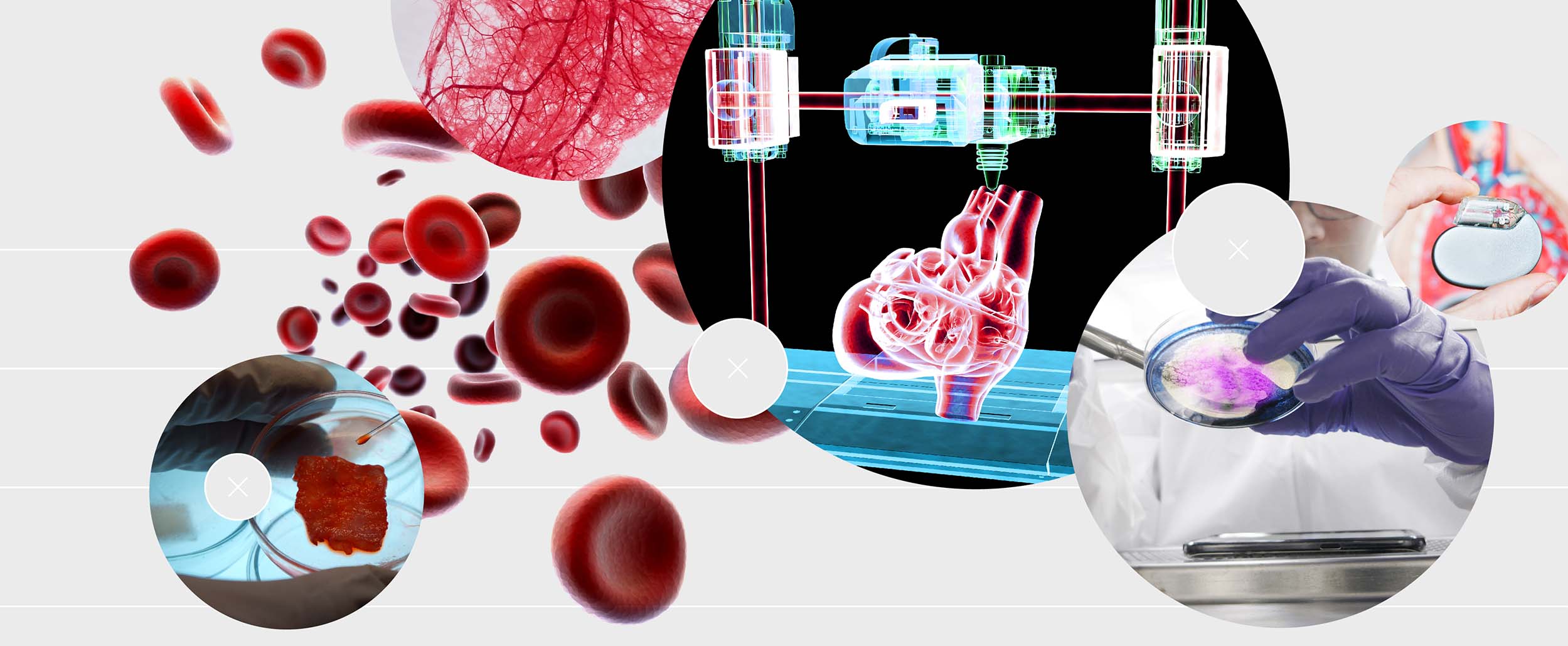Future Horizons:
10-yearhorizon
AI improves synthesis
25-yearhorizon
Creating a synthetic human genome becomes feasible
The project builds on previous work to create simpler synthetic genomes,60 beginning with viruses and bacteria,61 and to “upload” these artificial genomes into living organisms.62 Following early proof-of-concept work, researchers have begun creating synthetic genomes that are heavily modified from the originals.63
Synthesising and booting up entire genomes remains challenging, however.64 Consequently, many steps in the workflow will need to be optimised before a complete human genome is synthesised. Likewise, it will be necessary to obtain a fuller understanding of the functions of the “natural” human genome65 if researchers are to safely design a synthetic version.
In parallel with the technical developments, public dialogue and governance is essential. The public’s expectations will be shaped by early proof-of-concept research, as will industry interest. Regulators will need to develop new frameworks to govern synthetic human genomes, especially if they are used therapeutically or for human enhancement.
Synthetic human genomes - Anticipation Scores
The Anticipation Potential of a research field is determined by the capacity for impactful action in the present, considering possible future transformative breakthroughs in a field over a 25-year outlook. A field with a high Anticipation Potential, therefore, combines the potential range of future transformative possibilities engendered by a research area with a wide field of opportunities for action in the present. We asked researchers in the field to anticipate:
- The uncertainty related to future science breakthroughs in the field
- The transformative effect anticipated breakthroughs may have on research and society
- The scope for action in the present in relation to anticipated breakthroughs.
This chart represents a summary of their responses to each of these elements, which when combined, provide the Anticipation Potential for the topic. See methodology for more information.



